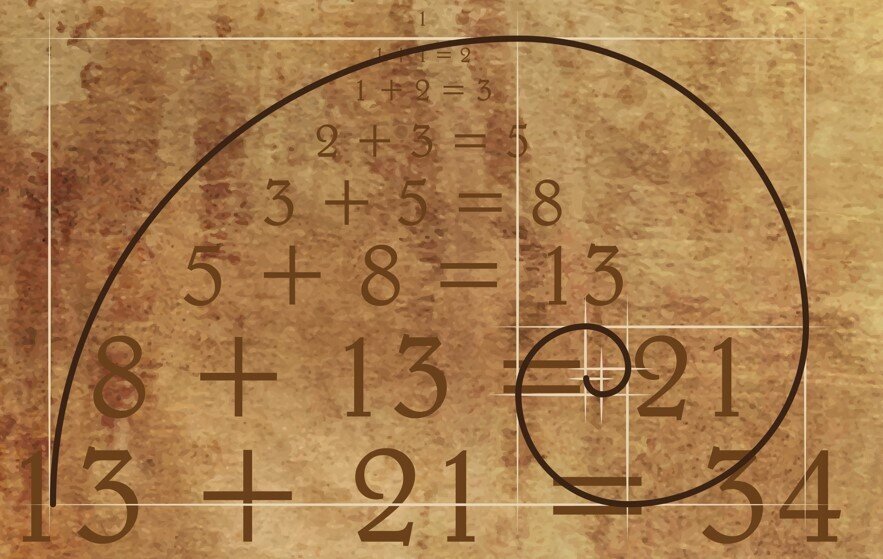- Best Online Sportsbooks
- Election Betting
- Football Betting
- Offshore Sportsbooks
- Safest Sportsbooks
- Entertainment Betting
- Best Sites by Sport
- BetOnline
- BetUS
- Betwhale
- Bovada
- Café Casino
- Ducky Luck
- Ignition Casino
- Las Atlantis Casino
- MyBookie
- Slots Paradise
- SportsBetting.ag







